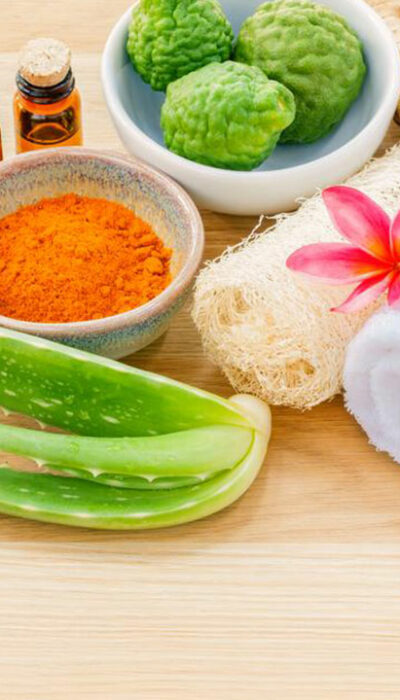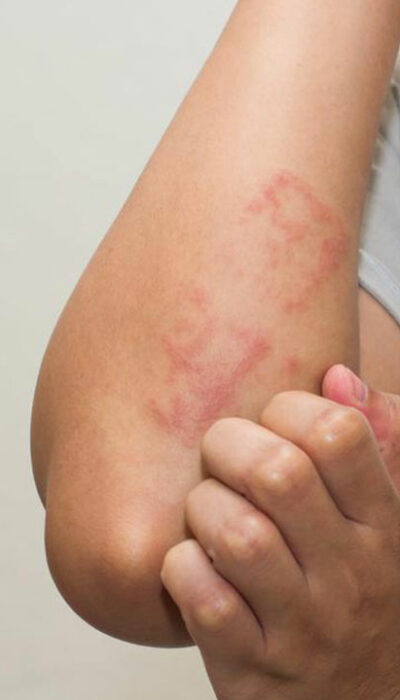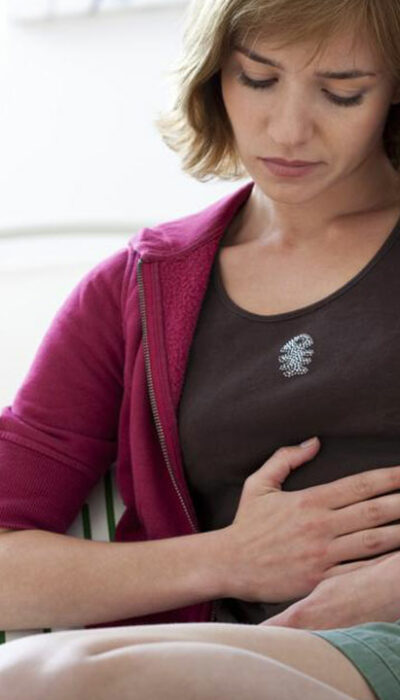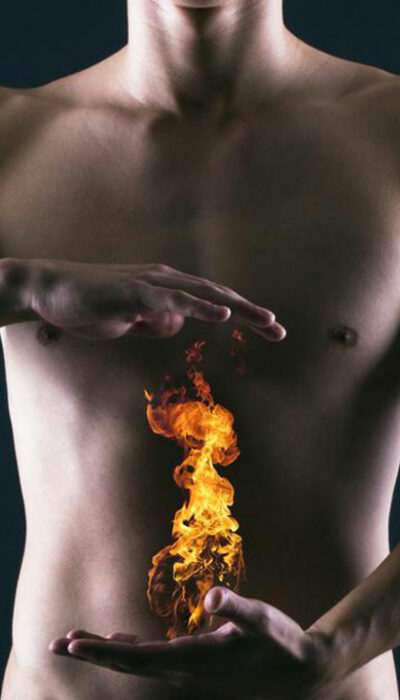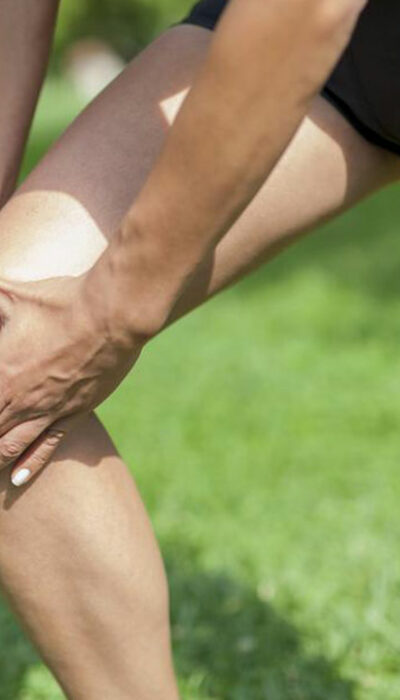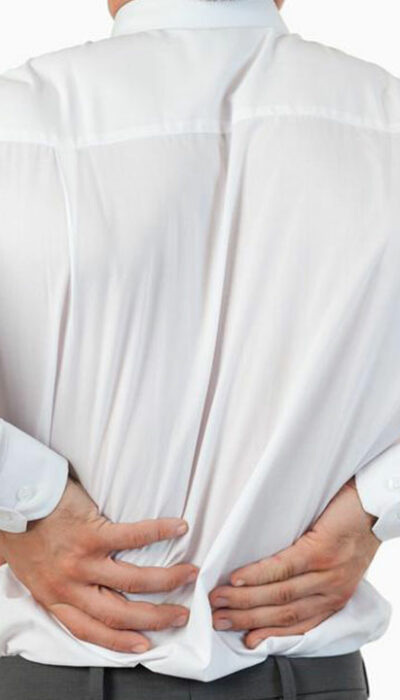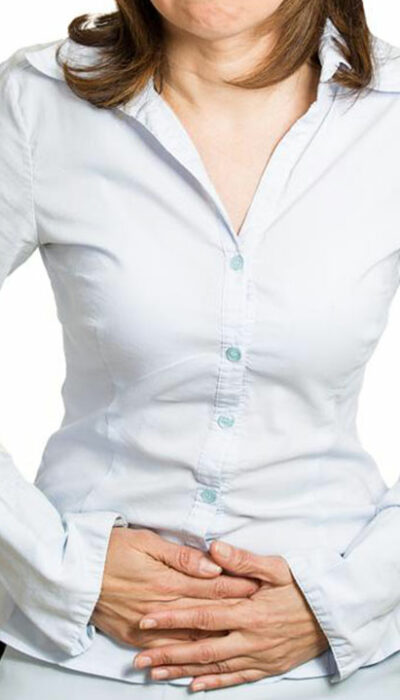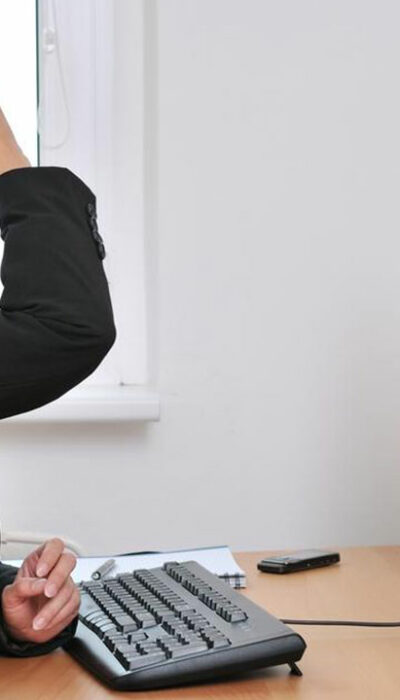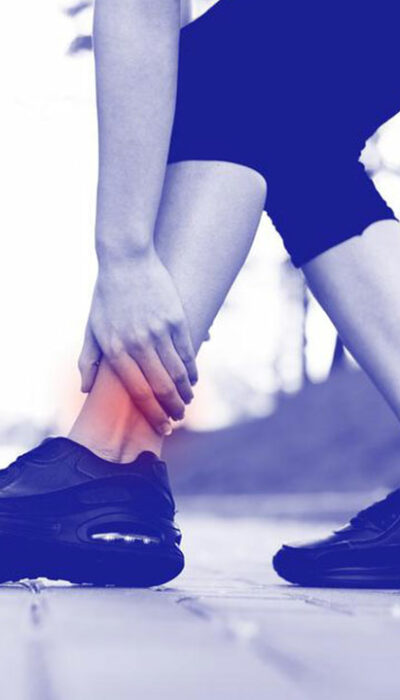
A Few Common Symptoms and Causes of Overactive Bladder
Overactive bladder (OAB) is best explained as frequent and sudden urges to urinate. Overactive bladder is usually a result of involuntary muscle contractions in the bladder, irrespective of whether the bladder is full or not. Overactive bladder causes are difficult to identify, and therefore, a physical examination is important to be able to identify the underlying cause of contractions in bladder muscles. Types of overactive bladder The following are the two cases or types of overactive bladder Dry: In this case, the person feels a sudden, urgent need to urinate several times during the day. Wet: In this case, along with the urge to urinate, the bladder leaks. This type is often called urge incontinence. Overactive Bladder Causes Overactive bladder causes can be traced down to harsh physical conditions and poor lifestyle choices and habits. Often OAB can happen due to several factors wherein it’s difficult to point to any single cause. Overactive bladder is often a result of spasms in the main muscle of urinary bladder wall, also known as detrusor muscle. When the bladder is half full, the brain senses it and sends out nerve signals. This causes the sphincter muscles and pelvic floor to relax. The main muscle of the urinary wall then contracts and urine is passed. People with overactive bladder experience irregular detrusor muscle contractions, giving rise to the sudden urge to urinate. Urine leakage can also occur depending on the reaction produced by urinary sphincter muscles. Nerve damage and neurocognitive disorders are seen to have an impact on the nerve signaling. Nervous system conditions have a significant impact on the bladder functioning. Common overactive bladder causes Some of the common causes of overactive bladder include: Nerve damage Catheter use Pelvic organ prolapse Stretched or weak pelvic muscles Stretched or weak bladder muscles Parkinson’s disease Multiple sclerosis Bladder stones (other bladder abnormalities) Low estrogen levels when and after going through menopause Enlarged prostate Normal delivery Alzheimer’s disease Hip surgery or hip problems Partial bladder emptying Although anyone of any age group can have an overactive bladder, the likelihood of developing this abnormality increases with age.
